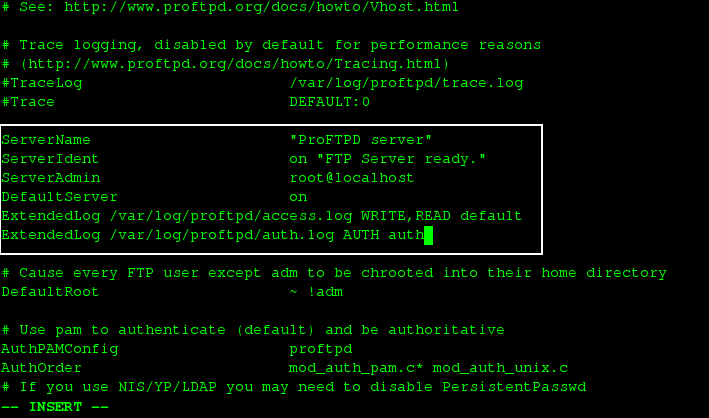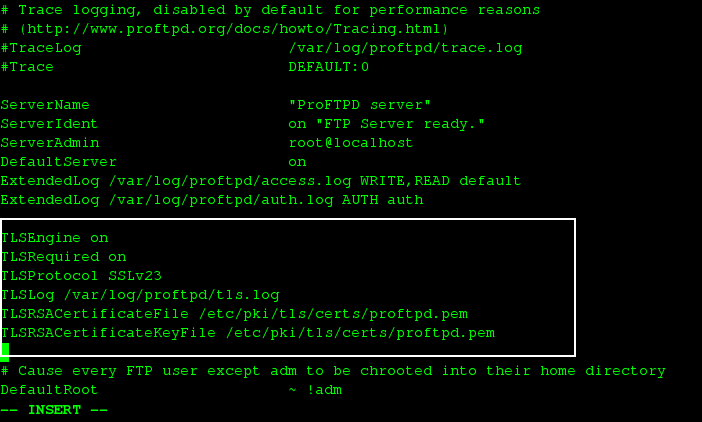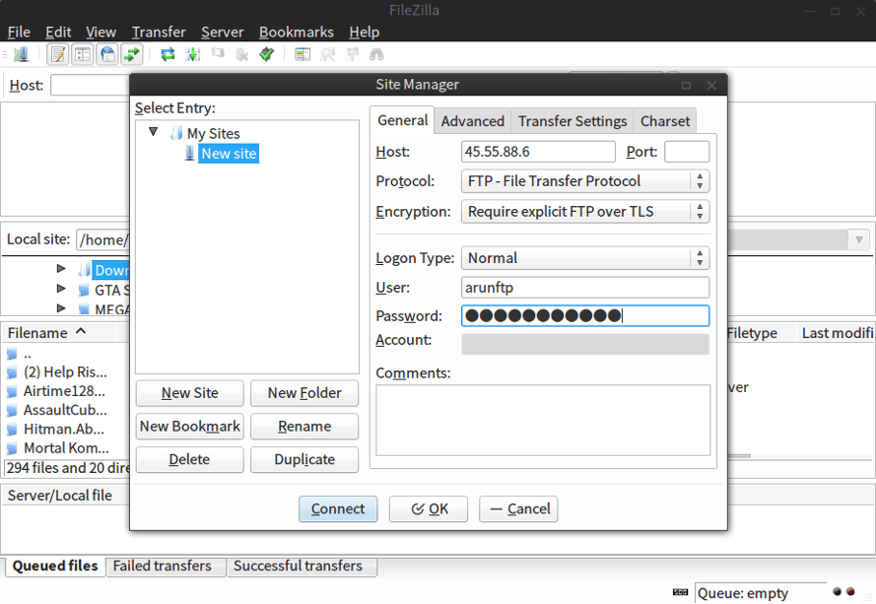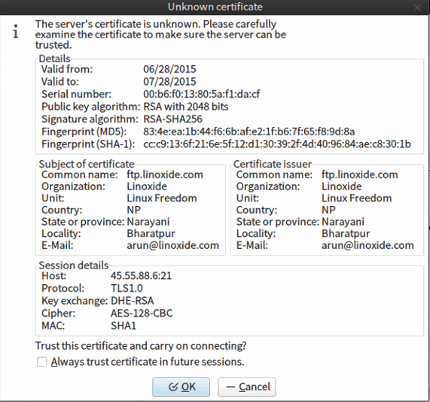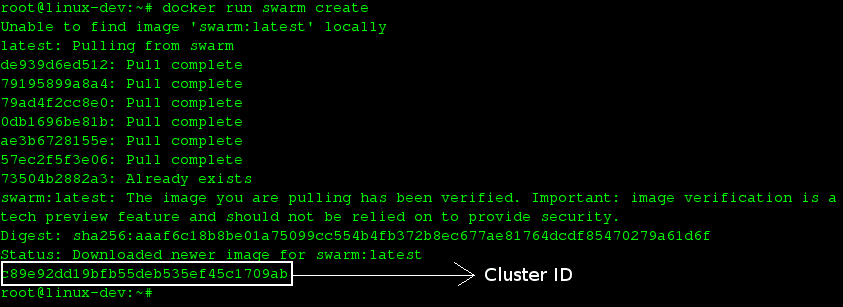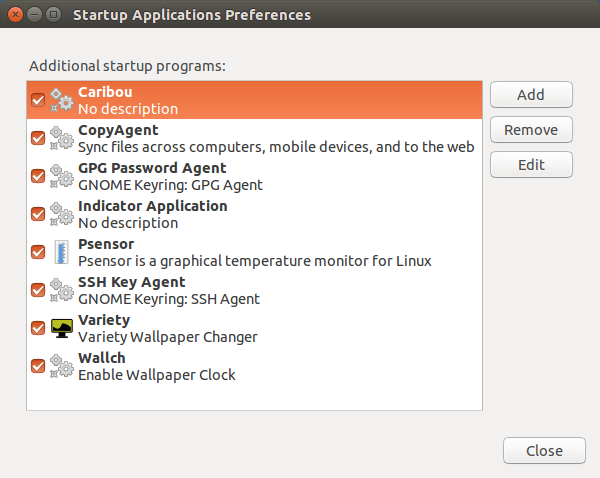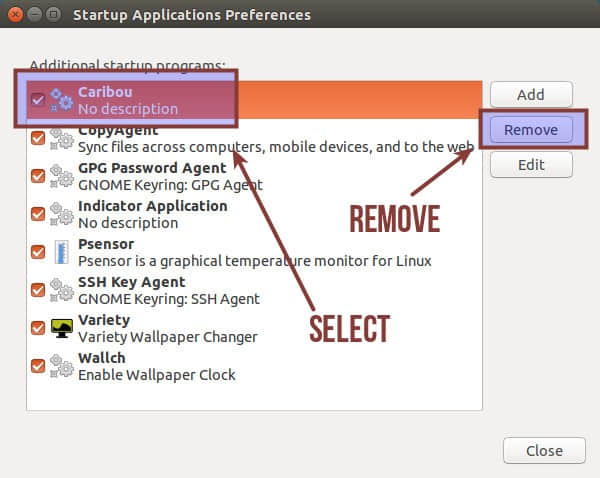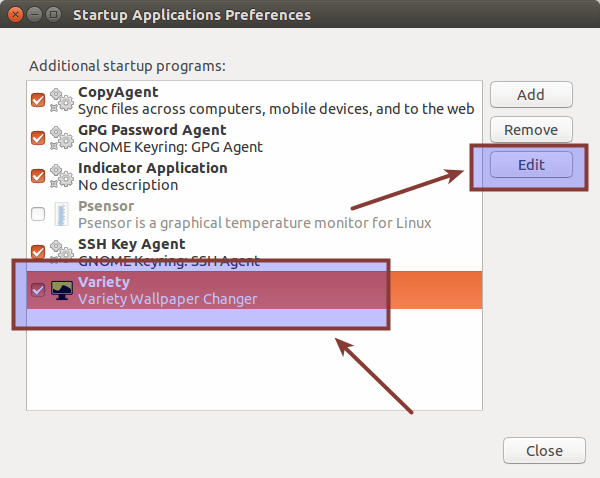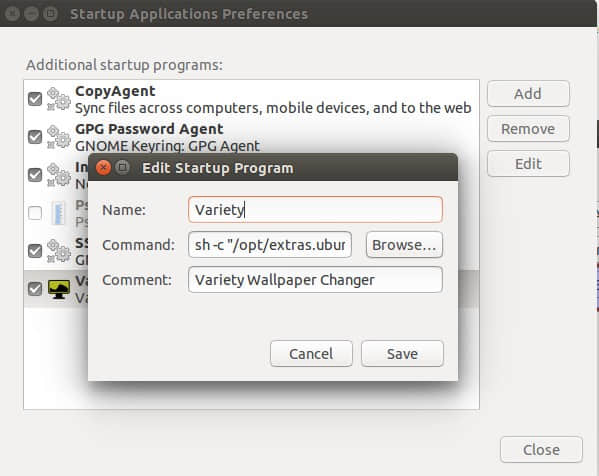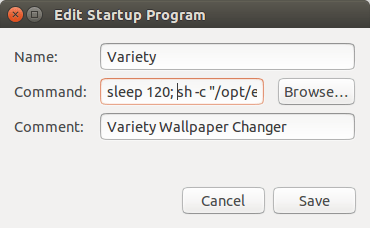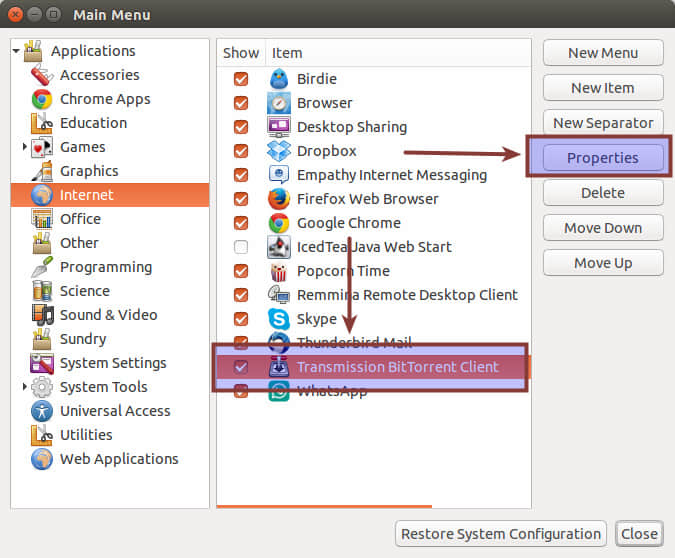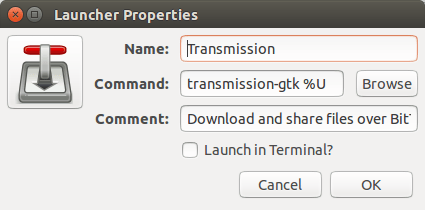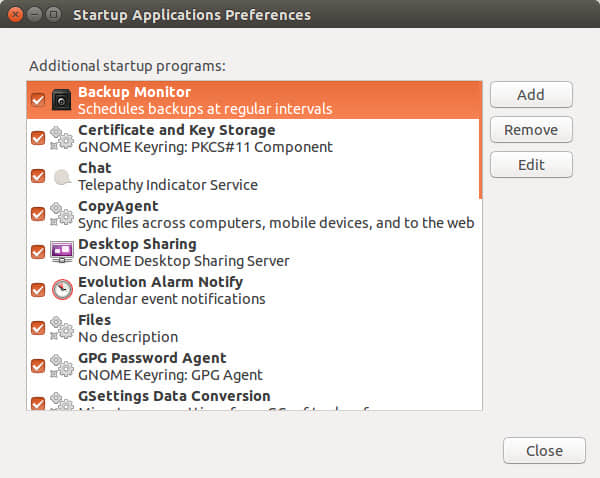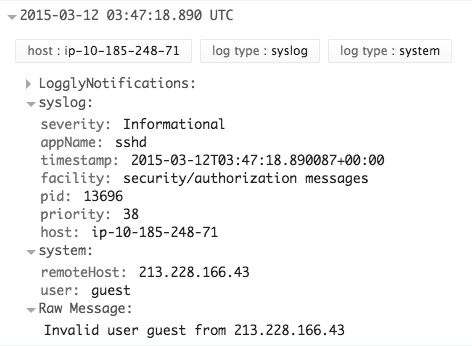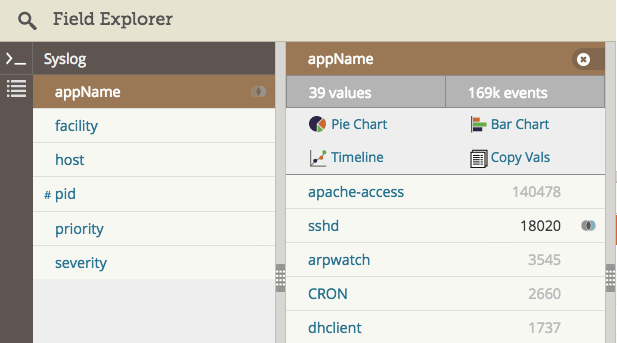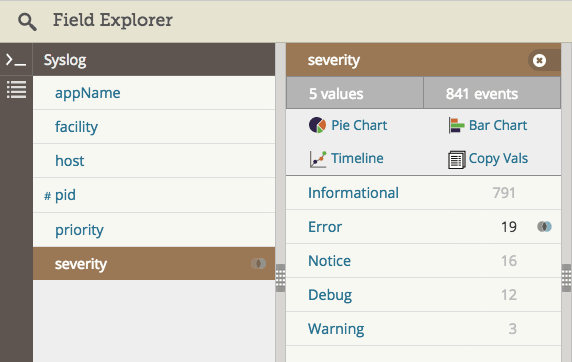Systemctl是一个systemd工具,主要负责控制systemd系统和服务管理器。
Systemd是一个系统管理守护进程、工具和库的集合,用于取代System V初始进程。Systemd的功能是用于集中管理和配置类UNIX系统。
在Linux生态系统中,Systemd被部署到了大多数的标准Linux发行版中,只有为数不多的几个发行版尚未部署。Systemd通常是所有其它守护进程的父进程,但并非总是如此。

使用Systemctl管理Linux服务
本文旨在阐明在运行systemd的系统上“如何控制系统和服务”。
Systemd初体验和Systemctl基础
1. 首先检查你的系统中是否安装有systemd并确定当前安装的版本
# systemctl --version
systemd 215
+PAM +AUDIT +SELINUX +IMA +SYSVINIT +LIBCRYPTSETUP +GCRYPT +ACL +XZ -SECCOMP -APPARMOR
上例中很清楚地表明,我们安装了215版本的systemd。
2. 检查systemd和systemctl的二进制文件和库文件的安装位置
# whereis systemd
systemd: /usr/lib/systemd /etc/systemd /usr/share/systemd /usr/share/man/man1/systemd.1.gz
# whereis systemctl
systemctl: /usr/bin/systemctl /usr/share/man/man1/systemctl.1.gz
3. 检查systemd是否运行
# ps -eaf | grep [s]ystemd
root 1 0 0 16:27 ? 00:00:00 /usr/lib/systemd/systemd --switched-root --system --deserialize 23
root 444 1 0 16:27 ? 00:00:00 /usr/lib/systemd/systemd-journald
root 469 1 0 16:27 ? 00:00:00 /usr/lib/systemd/systemd-udevd
root 555 1 0 16:27 ? 00:00:00 /usr/lib/systemd/systemd-logind
dbus 556 1 0 16:27 ? 00:00:00 /bin/dbus-daemon --system --address=systemd: --nofork --nopidfile --systemd-activation
注意:systemd是作为父进程(PID=1)运行的。在上面带(-e)参数的ps命令输出中,选择所有进程,(-a)选择除会话前导外的所有进程,并使用(-f)参数输出完整格式列表(即 -eaf)。
也请注意上例中后随的方括号和例子中剩余部分。方括号表达式是grep的字符类表达式的一部分。
4. 分析systemd启动进程
# systemd-analyze
Startup finished in 487ms (kernel) + 2.776s (initrd) + 20.229s (userspace) = 23.493s
5. 分析启动时各个进程花费的时间
# systemd-analyze blame
8.565s mariadb.service
7.991s webmin.service
6.095s postfix.service
4.311s httpd.service
3.926s firewalld.service
3.780s kdump.service
3.238s tuned.service
1.712s network.service
1.394s lvm2-monitor.service
1.126s systemd-logind.service
....
6. 分析启动时的关键链
# systemd-analyze critical-chain
The time after the unit is active or started is printed after the "@" character.
The time the unit takes to start is printed after the "+" character.
multi-user.target @20.222s
└─mariadb.service @11.657s +8.565s
└─network.target @11.168s
└─network.service @9.456s +1.712s
└─NetworkManager.service @8.858s +596ms
└─firewalld.service @4.931s +3.926s
└─basic.target @4.916s
└─sockets.target @4.916s
└─dbus.socket @4.916s
└─sysinit.target @4.905s
└─systemd-update-utmp.service @4.864s +39ms
└─auditd.service @4.563s +301ms
└─systemd-tmpfiles-setup.service @4.485s +69ms
└─rhel-import-state.service @4.342s +142ms
└─local-fs.target @4.324s
└─boot.mount @4.286s +31ms
└─systemd-fsck@dev-disk-by\x2duuid-79f594ad\x2da332\x2d4730\x2dbb5f\x2d85d19608096
└─dev-disk-by\x2duuid-79f594ad\x2da332\x2d4730\x2dbb5f\x2d85d196080964.device @4
重要:Systemctl接受服务(.service),挂载点(.mount),套接口(.socket)和设备(.device)作为单元。
7. 列出所有可用单元
# systemctl list-unit-files
UNIT FILE STATE
proc-sys-fs-binfmt_misc.automount static
dev-hugepages.mount static
dev-mqueue.mount static
proc-sys-fs-binfmt_misc.mount static
sys-fs-fuse-connections.mount static
sys-kernel-config.mount static
sys-kernel-debug.mount static
tmp.mount disabled
brandbot.path disabled
.....
8. 列出所有运行中单元
# systemctl list-units
UNIT LOAD ACTIVE SUB DESCRIPTION
proc-sys-fs-binfmt_misc.automount loaded active waiting Arbitrary Executable File Formats File Syste
sys-devices-pc...0-1:0:0:0-block-sr0.device loaded active plugged VBOX_CD-ROM
sys-devices-pc...:00:03.0-net-enp0s3.device loaded active plugged PRO/1000 MT Desktop Adapter
sys-devices-pc...00:05.0-sound-card0.device loaded active plugged 82801AA AC'97 Audio Controller
sys-devices-pc...:0:0-block-sda-sda1.device loaded active plugged VBOX_HARDDISK
sys-devices-pc...:0:0-block-sda-sda2.device loaded active plugged LVM PV Qzyo3l-qYaL-uRUa-Cjuk-pljo-qKtX-VgBQ8
sys-devices-pc...0-2:0:0:0-block-sda.device loaded active plugged VBOX_HARDDISK
sys-devices-pl...erial8250-tty-ttyS0.device loaded active plugged /sys/devices/platform/serial8250/tty/ttyS0
sys-devices-pl...erial8250-tty-ttyS1.device loaded active plugged /sys/devices/platform/serial8250/tty/ttyS1
sys-devices-pl...erial8250-tty-ttyS2.device loaded active plugged /sys/devices/platform/serial8250/tty/ttyS2
sys-devices-pl...erial8250-tty-ttyS3.device loaded active plugged /sys/devices/platform/serial8250/tty/ttyS3
sys-devices-virtual-block-dm\x2d0.device loaded active plugged /sys/devices/virtual/block/dm-0
sys-devices-virtual-block-dm\x2d1.device loaded active plugged /sys/devices/virtual/block/dm-1
sys-module-configfs.device loaded active plugged /sys/module/configfs
...
9. 列出所有失败单元
# systemctl --failed
UNIT LOAD ACTIVE SUB DESCRIPTION
kdump.service loaded failed failed Crash recovery kernel arming
LOAD = Reflects whether the unit definition was properly loaded.
ACTIVE = The high-level unit activation state, i.e. generalization of SUB.
SUB = The low-level unit activation state, values depend on unit type.
1 loaded units listed. Pass --all to see loaded but inactive units, too.
To show all installed unit files use 'systemctl list-unit-files'.
10. 检查某个单元(如 cron.service)是否启用
# systemctl is-enabled crond.service
enabled
11. 检查某个单元或服务是否运行
# systemctl status firewalld.service
firewalld.service - firewalld - dynamic firewall daemon
Loaded: loaded (/usr/lib/systemd/system/firewalld.service; enabled)
Active: active (running) since Tue 2015-04-28 16:27:55 IST; 34min ago
Main PID: 549 (firewalld)
CGroup: /system.slice/firewalld.service
└─549 /usr/bin/python -Es /usr/sbin/firewalld --nofork --nopid
Apr 28 16:27:51 tecmint systemd[1]: Starting firewalld - dynamic firewall daemon...
Apr 28 16:27:55 tecmint systemd[1]: Started firewalld - dynamic firewall daemon.
使用Systemctl控制并管理服务
12. 列出所有服务(包括启用的和禁用的)
# systemctl list-unit-files --type=service
UNIT FILE STATE
arp-ethers.service disabled
auditd.service enabled
[email protected] disabled
blk-availability.service disabled
brandbot.service static
collectd.service disabled
console-getty.service disabled
console-shell.service disabled
cpupower.service disabled
crond.service enabled
dbus-org.fedoraproject.FirewallD1.service enabled
....
13. Linux中如何启动、重启、停止、重载服务以及检查服务(如 httpd.service)状态
# systemctl start httpd.service
# systemctl restart httpd.service
# systemctl stop httpd.service
# systemctl reload httpd.service
# systemctl status httpd.service
httpd.service - The Apache HTTP Server
Loaded: loaded (/usr/lib/systemd/system/httpd.service; enabled)
Active: active (running) since Tue 2015-04-28 17:21:30 IST; 6s ago
Process: 2876 ExecStop=/bin/kill -WINCH ${MAINPID} (code=exited, status=0/SUCCESS)
Main PID: 2881 (httpd)
Status: "Processing requests..."
CGroup: /system.slice/httpd.service
├─2881 /usr/sbin/httpd -DFOREGROUND
├─2884 /usr/sbin/httpd -DFOREGROUND
├─2885 /usr/sbin/httpd -DFOREGROUND
├─2886 /usr/sbin/httpd -DFOREGROUND
├─2887 /usr/sbin/httpd -DFOREGROUND
└─2888 /usr/sbin/httpd -DFOREGROUND
Apr 28 17:21:30 tecmint systemd[1]: Starting The Apache HTTP Server...
Apr 28 17:21:30 tecmint httpd[2881]: AH00558: httpd: Could not reliably determine the server's fully q...ssage
Apr 28 17:21:30 tecmint systemd[1]: Started The Apache HTTP Server.
Hint: Some lines were ellipsized, use -l to show in full.
注意:当我们使用systemctl的start,restart,stop和reload命令时,我们不会从终端获取到任何输出内容,只有status命令可以打印输出。
14. 如何激活服务并在启动时启用或禁用服务(即系统启动时自动启动服务)
# systemctl is-active httpd.service
# systemctl enable httpd.service
# systemctl disable httpd.service
15. 如何屏蔽(让它不能启动)或显示服务(如 httpd.service)
# systemctl mask httpd.service
ln -s '/dev/null' '/etc/systemd/system/httpd.service'
# systemctl unmask httpd.service
rm '/etc/systemd/system/httpd.service'
16. 使用systemctl命令杀死服务
# systemctl kill httpd
# systemctl status httpd
httpd.service - The Apache HTTP Server
Loaded: loaded (/usr/lib/systemd/system/httpd.service; enabled)
Active: failed (Result: exit-code) since Tue 2015-04-28 18:01:42 IST; 28min ago
Main PID: 2881 (code=exited, status=0/SUCCESS)
Status: "Total requests: 0; Current requests/sec: 0; Current traffic: 0 B/sec"
Apr 28 17:37:29 tecmint systemd[1]: httpd.service: Got notification message from PID 2881, but recepti...bled.
Apr 28 17:37:29 tecmint systemd[1]: httpd.service: Got notification message from PID 2881, but recepti...bled.
Apr 28 17:37:39 tecmint systemd[1]: httpd.service: Got notification message from PID 2881, but recepti...bled.
Apr 28 17:37:39 tecmint systemd[1]: httpd.service: Got notification message from PID 2881, but recepti...bled.
Apr 28 17:37:49 tecmint systemd[1]: httpd.service: Got notification message from PID 2881, but recepti...bled.
Apr 28 17:37:49 tecmint systemd[1]: httpd.service: Got notification message from PID 2881, but recepti...bled.
Apr 28 17:37:59 tecmint systemd[1]: httpd.service: Got notification message from PID 2881, but recepti...bled.
Apr 28 17:37:59 tecmint systemd[1]: httpd.service: Got notification message from PID 2881, but recepti...bled.
Apr 28 18:01:42 tecmint systemd[1]: httpd.service: control process exited, code=exited status=226
Apr 28 18:01:42 tecmint systemd[1]: Unit httpd.service entered failed state.
Hint: Some lines were ellipsized, use -l to show in full.
使用Systemctl控制并管理挂载点
17. 列出所有系统挂载点
# systemctl list-unit-files --type=mount
UNIT FILE STATE
dev-hugepages.mount static
dev-mqueue.mount static
proc-sys-fs-binfmt_misc.mount static
sys-fs-fuse-connections.mount static
sys-kernel-config.mount static
sys-kernel-debug.mount static
tmp.mount disabled
18. 挂载、卸载、重新挂载、重载系统挂载点并检查系统中挂载点状态
# systemctl start tmp.mount
# systemctl stop tmp.mount
# systemctl restart tmp.mount
# systemctl reload tmp.mount
# systemctl status tmp.mount
tmp.mount - Temporary Directory
Loaded: loaded (/usr/lib/systemd/system/tmp.mount; disabled)
Active: active (mounted) since Tue 2015-04-28 17:46:06 IST; 2min 48s ago
Where: /tmp
What: tmpfs
Docs: man:hier(7)
http://www.freedesktop.org/wiki/Software/systemd/APIFileSystems
Process: 3908 ExecMount=/bin/mount tmpfs /tmp -t tmpfs -o mode=1777,strictatime (code=exited, status=0/SUCCESS)
Apr 28 17:46:06 tecmint systemd[1]: Mounting Temporary Directory...
Apr 28 17:46:06 tecmint systemd[1]: tmp.mount: Directory /tmp to mount over is not empty, mounting anyway.
Apr 28 17:46:06 tecmint systemd[1]: Mounted Temporary Directory.
19. 在启动时激活、启用或禁用挂载点(系统启动时自动挂载)
# systemctl is-active tmp.mount
# systemctl enable tmp.mount
# systemctl disable tmp.mount
20. 在Linux中屏蔽(让它不能启用)或可见挂载点
# systemctl mask tmp.mount
ln -s '/dev/null' '/etc/systemd/system/tmp.mount'
# systemctl unmask tmp.mount
rm '/etc/systemd/system/tmp.mount'
使用Systemctl控制并管理套接口
21. 列出所有可用系统套接口
# systemctl list-unit-files --type=socket
UNIT FILE STATE
dbus.socket static
dm-event.socket enabled
lvm2-lvmetad.socket enabled
rsyncd.socket disabled
sshd.socket disabled
syslog.socket static
systemd-initctl.socket static
systemd-journald.socket static
systemd-shutdownd.socket static
systemd-udevd-control.socket static
systemd-udevd-kernel.socket static
11 unit files listed.
22. 在Linux中启动、重启、停止、重载套接口并检查其状态
# systemctl start cups.socket
# systemctl restart cups.socket
# systemctl stop cups.socket
# systemctl reload cups.socket
# systemctl status cups.socket
cups.socket - CUPS Printing Service Sockets
Loaded: loaded (/usr/lib/systemd/system/cups.socket; enabled)
Active: active (listening) since Tue 2015-04-28 18:10:59 IST; 8s ago
Listen: /var/run/cups/cups.sock (Stream)
Apr 28 18:10:59 tecmint systemd[1]: Starting CUPS Printing Service Sockets.
Apr 28 18:10:59 tecmint systemd[1]: Listening on CUPS Printing Service Sockets.
23. 在启动时激活套接口,并启用或禁用它(系统启动时自启动)
# systemctl is-active cups.socket
# systemctl enable cups.socket
# systemctl disable cups.socket
24. 屏蔽(使它不能启动)或显示套接口
# systemctl mask cups.socket
ln -s '/dev/null' '/etc/systemd/system/cups.socket'
# systemctl unmask cups.socket
rm '/etc/systemd/system/cups.socket'
服务的CPU利用率(分配额)
25. 获取当前某个服务的CPU分配额(如httpd)
# systemctl show -p CPUShares httpd.service
CPUShares=1024
注意:各个服务的默认CPU分配份额=1024,你可以增加/减少某个进程的CPU分配份额。
26. 将某个服务(httpd.service)的CPU分配份额限制为2000 CPUShares/
# systemctl set-property httpd.service CPUShares=2000
# systemctl show -p CPUShares httpd.service
CPUShares=2000
注意:当你为某个服务设置CPUShares,会自动创建一个以服务名命名的目录(如 httpd.service),里面包含了一个名为90-CPUShares.conf的文件,该文件含有CPUShare限制信息,你可以通过以下方式查看该文件:
# vi /etc/systemd/system/httpd.service.d/90-CPUShares.conf
[Service]
CPUShares=2000
27. 检查某个服务的所有配置细节
# systemctl show httpd
Id=httpd.service
Names=httpd.service
Requires=basic.target
Wants=system.slice
WantedBy=multi-user.target
Conflicts=shutdown.target
Before=shutdown.target multi-user.target
After=network.target remote-fs.target nss-lookup.target systemd-journald.socket basic.target system.slice
Description=The Apache HTTP Server
LoadState=loaded
ActiveState=active
SubState=running
FragmentPath=/usr/lib/systemd/system/httpd.service
....
28. 分析某个服务(httpd)的关键链
# systemd-analyze critical-chain httpd.service
The time after the unit is active or started is printed after the "@" character.
The time the unit takes to start is printed after the "+" character.
httpd.service +142ms
└─network.target @11.168s
└─network.service @9.456s +1.712s
└─NetworkManager.service @8.858s +596ms
└─firewalld.service @4.931s +3.926s
└─basic.target @4.916s
└─sockets.target @4.916s
└─dbus.socket @4.916s
└─sysinit.target @4.905s
└─systemd-update-utmp.service @4.864s +39ms
└─auditd.service @4.563s +301ms
└─systemd-tmpfiles-setup.service @4.485s +69ms
└─rhel-import-state.service @4.342s +142ms
└─local-fs.target @4.324s
└─boot.mount @4.286s +31ms
└─systemd-fsck@dev-disk-by\x2duuid-79f594ad\x2da332\x2d4730\x2dbb5f\x2d85d196080964.service @4.092s +149ms
└─dev-disk-by\x2duuid-79f594ad\x2da332\x2d4730\x2dbb5f\x2d85d196080964.device @4.092s
29. 获取某个服务(httpd)的依赖性列表
# systemctl list-dependencies httpd.service
httpd.service
├─system.slice
└─basic.target
├─firewalld.service
├─microcode.service
├─rhel-autorelabel-mark.service
├─rhel-autorelabel.service
├─rhel-configure.service
├─rhel-dmesg.service
├─rhel-loadmodules.service
├─paths.target
├─slices.target
│ ├─-.slice
│ └─system.slice
├─sockets.target
│ ├─dbus.socket
....
30. 按等级列出控制组
# systemd-cgls
├─1 /usr/lib/systemd/systemd --switched-root --system --deserialize 23
├─user.slice
│ └─user-0.slice
│ └─session-1.scope
│ ├─2498 sshd: root@pts/0
│ ├─2500 -bash
│ ├─4521 systemd-cgls
│ └─4522 systemd-cgls
└─system.slice
├─httpd.service
│ ├─4440 /usr/sbin/httpd -DFOREGROUND
│ ├─4442 /usr/sbin/httpd -DFOREGROUND
│ ├─4443 /usr/sbin/httpd -DFOREGROUND
│ ├─4444 /usr/sbin/httpd -DFOREGROUND
│ ├─4445 /usr/sbin/httpd -DFOREGROUND
│ └─4446 /usr/sbin/httpd -DFOREGROUND
├─polkit.service
│ └─721 /usr/lib/polkit-1/polkitd --no-debug
....
31. 按CPU、内存、输入和输出列出控制组
# systemd-cgtop
Path Tasks %CPU Memory Input/s Output/s
/ 83 1.0 437.8M - -
/system.slice - 0.1 - - -
/system.slice/mariadb.service 2 0.1 - - -
/system.slice/tuned.service 1 0.0 - - -
/system.slice/httpd.service 6 0.0 - - -
/system.slice/NetworkManager.service 1 - - - -
/system.slice/atop.service 1 - - - -
/system.slice/atopacct.service 1 - - - -
/system.slice/auditd.service 1 - - - -
/system.slice/crond.service 1 - - - -
/system.slice/dbus.service 1 - - - -
/system.slice/firewalld.service 1 - - - -
/system.slice/lvm2-lvmetad.service 1 - - - -
/system.slice/polkit.service 1 - - - -
/system.slice/postfix.service 3 - - - -
/system.slice/rsyslog.service 1 - - - -
/system.slice/system-getty.slice/[email protected] 1 - - - -
/system.slice/systemd-journald.service 1 - - - -
/system.slice/systemd-logind.service 1 - - - -
/system.slice/systemd-udevd.service 1 - - - -
/system.slice/webmin.service 1 - - - -
/user.slice/user-0.slice/session-1.scope 3 - - - -
控制系统运行等级
32. 启动系统救援模式
# systemctl rescue
Broadcast message from root@tecmint on pts/0 (Wed 2015-04-29 11:31:18 IST):
The system is going down to rescue mode NOW!
33. 进入紧急模式
# systemctl emergency
Welcome to emergency mode! After logging in, type "journalctl -xb" to view
system logs, "systemctl reboot" to reboot, "systemctl default" to try again
to boot into default mode.
34. 列出当前使用的运行等级
# systemctl get-default
multi-user.target
35. 启动运行等级5,即图形模式
# systemctl isolate runlevel5.target
或
# systemctl isolate graphical.target
36. 启动运行等级3,即多用户模式(命令行)
# systemctl isolate runlevel3.target
或
# systemctl isolate multiuser.target
36. 设置多用户模式或图形模式为默认运行等级
# systemctl set-default runlevel3.target
# systemctl set-default runlevel5.target
37. 重启、停止、挂起、休眠系统或使系统进入混合睡眠
# systemctl reboot
# systemctl halt
# systemctl suspend
# systemctl hibernate
# systemctl hybrid-sleep
对于不知运行等级为何物的人,说明如下。
- Runlevel 0 : 关闭系统
- Runlevel 1 : 救援?维护模式
- Runlevel 3 : 多用户,无图形系统
- Runlevel 4 : 多用户,无图形系统
- Runlevel 5 : 多用户,图形化系统
- Runlevel 6 : 关闭并重启机器
到此为止吧。保持连线,进行评论。别忘了在下面的评论中为我们提供一些有价值的反馈哦。喜欢我们、与我们分享,求扩散。
via: http://www.tecmint.com/manage-services-using-systemd-and-systemctl-in-linux/
作者:Avishek Kumar 译者:GOLinux 校对:wxy
本文由 LCTT 原创翻译,Linux中国 荣誉推出


